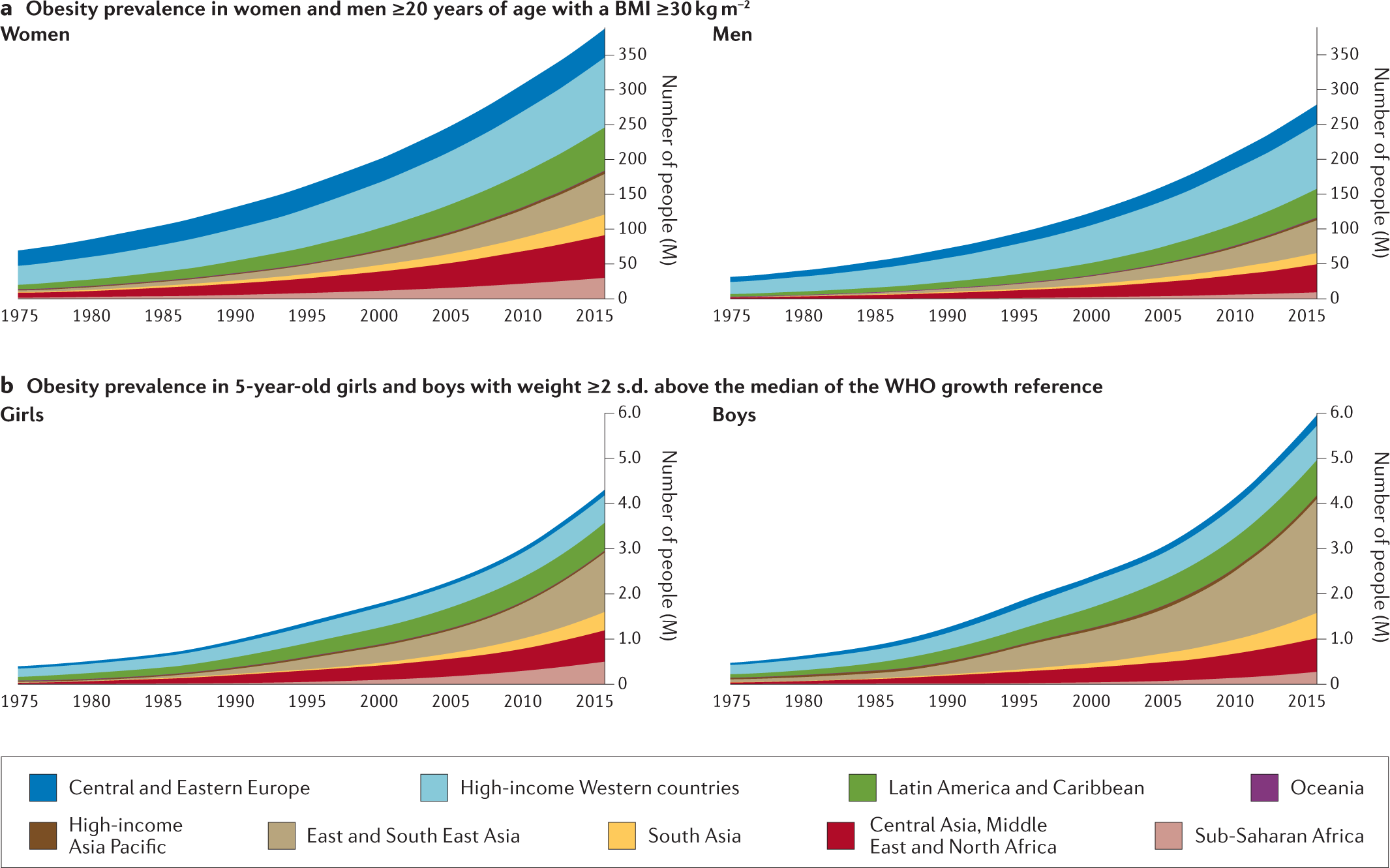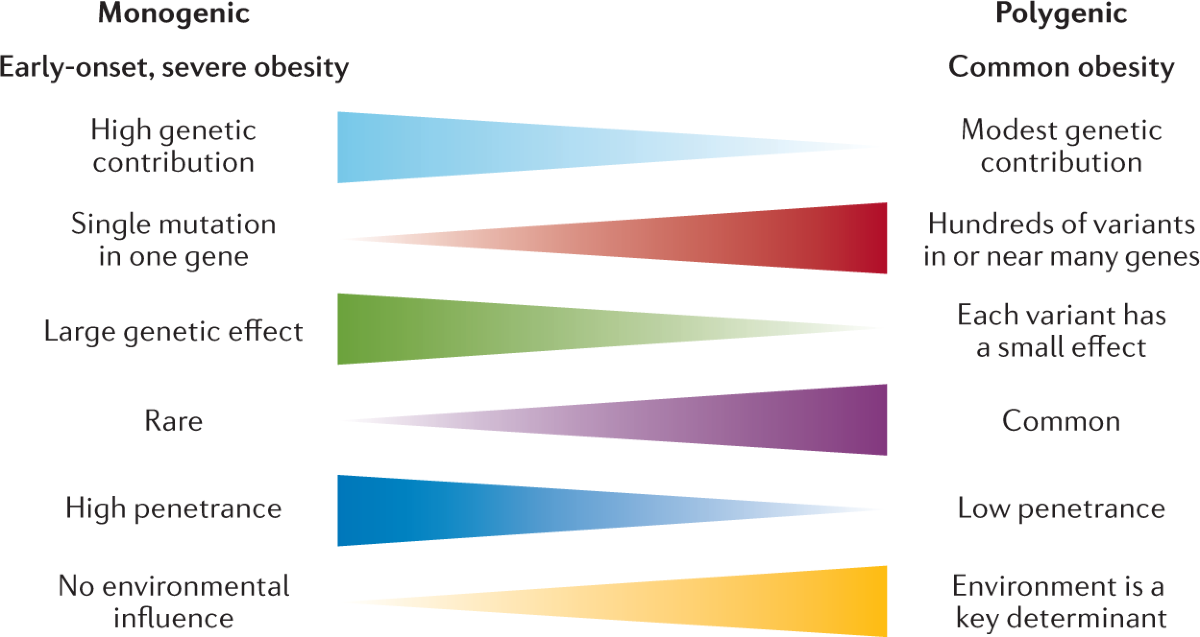New research has linked obesity to a genetic variation that occurs in persons who do not belong to a particular blood group.
An international study conducted by the University of Exeter has found that a genetic variation that deactivates the SMIM1 gene causes certain individuals to utilize less energy during rest. They are therefore more likely to be overweight or obese.
When scientists searched for the genetic encoding the Vel blood group, a particular blood type, ten years ago they discovered the SMIM1 gene.

Vel-negative individuals, who have one copy of the gene missing, make up one in 5,000 people.
- Obesity and highly processed meals are to blame for the surge in cancer cases among youth
- Mounjaro: the second medicine for obesity authorized for use in England
- After using semaglutide, men who are obese are more likely to experience erectile dysfunction.
These individuals are more likely to be obese, according to recent research, which may open the door to developing novel treatments. Along with reduced thyroid hormone levels, researchers also discovered that this group of individuals had elevated liver enzymes, evidence of fat tissue malfunction, and high blood fat levels—all indicators of obesity.

In order to combat obesity in individuals who lack both copies of SMIM1, the research team is currently preparing to test a medication used to treat thyroid problems.
“Obesity rates have nearly tripled in the past 50 years, and more than one billion people worldwide are projected to be obese by 2030,” stated lead author Mattia Frontini, an associate professor of cell biology at the University of Exeter Medical School. Healthcare systems have a heavy financial burden as a result of the related illnesses and complications.
An imbalance between energy intake and expenditure—which is frequently the result of a complicated interaction between genetic, environmental, and lifestyle factors—causes obesity.

Genetic variations account for a small fraction of obesity cases. We now hope to conduct a clinical research to determine whether a commonly available medication for thyroid replacement may be helpful in treating obesity in patients who lack SMIM1. When this is the case, new medications can occasionally be found to aid these people.
READ MORE: Krystal Anderson, a longtime Kansas City Chiefs cheerleader, passes away after childbirth
“Our findings underscore the necessity of delving into the genetic origins of obesity, choosing the most suitable and efficacious interventions, and mitigating the societal stigma attached to it.”
104 individuals were found to have the variation that causes the SMIM1 gene to stop working after the research team examined data from 500,000 individuals. Additionally, new blood samples from Vel-positive and Vel-negative people were investigated.
Based on this information, they concluded that the SMIM1 variation may play a major role in the 300,000+ obesity cases worldwide.
- There is a causal genetic variation connected to childhood obesity.
- In an effort to combat obesity, a Brazilian city introduces a new school lunch menu.
- Those who are obese can benefit most from nighttime exercise in terms of their health.
- They also discovered that carrying the variation corresponded to an extra 2.4 kg for men and 4.6 kg for women on average.

Adjunct professor Jill Storry, a co-author from Lund University in Sweden, stated: “SMIM1’s secondary role has remained unknown until recently. It was only identified ten years ago as a long-sought blood group protein on red blood cells. The discovery of its broader function in human metabolism is highly intriguing.
Professor Ole Pedersen, a co-author from the University of Copenhagen, stated: “Everyone on the team is eager to see how this new knowledge can be applied to real-world solutions for individuals with this genetic makeup.”
“We would like to see that when individuals lacking SMIM1 are identified, they receive information and support,” said first author Dr. Luca Stefanucci of the University of Cambridge. “With the increased availability of genetic data, and more information on SMIM1 mechanism.”





